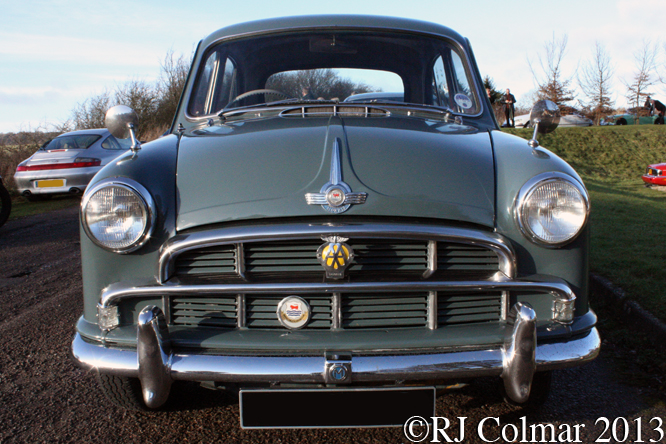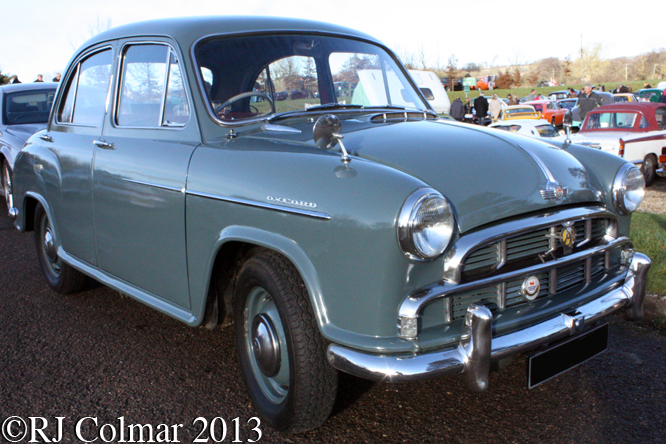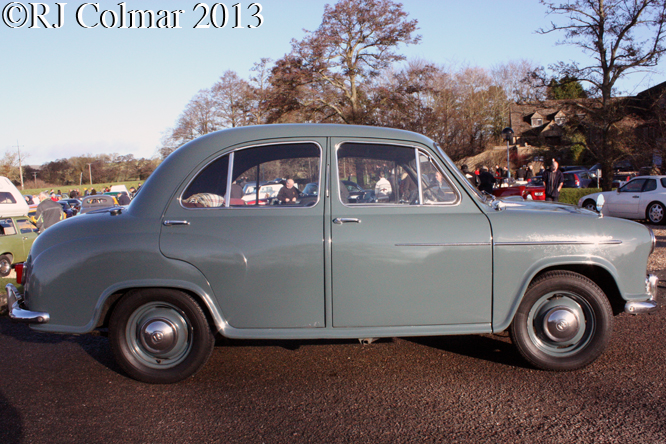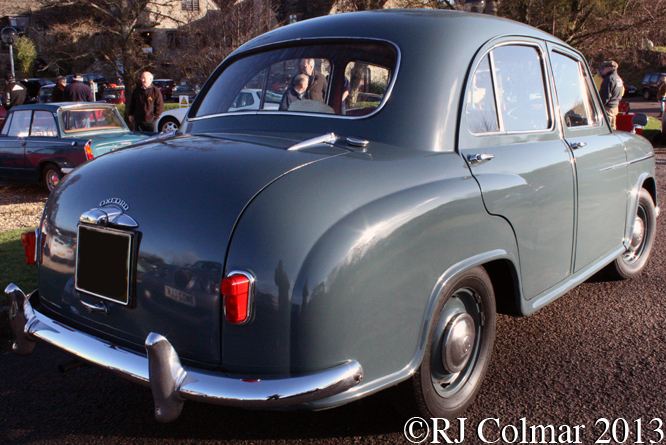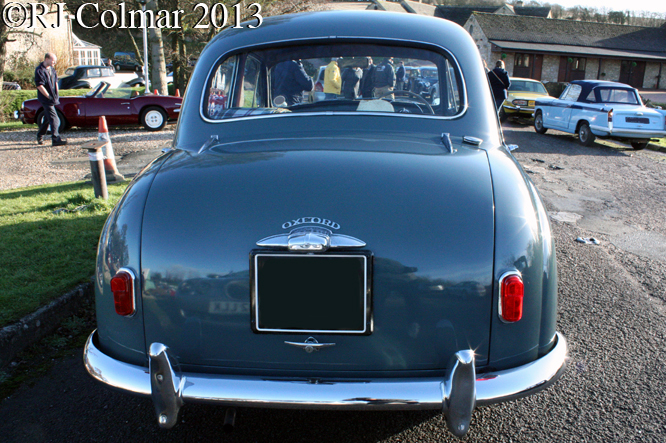With the merger of Jaguar with British Motor Corporation in 1966 the new merger was renamed British Motor Holdings and after a further merger with Leyland commercial vehicles the corporation became known as British Leyland Motor Corporation in 1968. British Leyland as it was known decided that the Austin and Morris brands should be differentiated in the early 1970’s with Austin vehicles being based around the front wheel drive (FWD) concept pioneered by Ales Issignosis with models like the Mini, 1100 and 1800 series vehicles while Morris vehicles would be more traditional with front engines driving rear axles (RWD) as they had on the Morris Minor and Morris Oxford models.
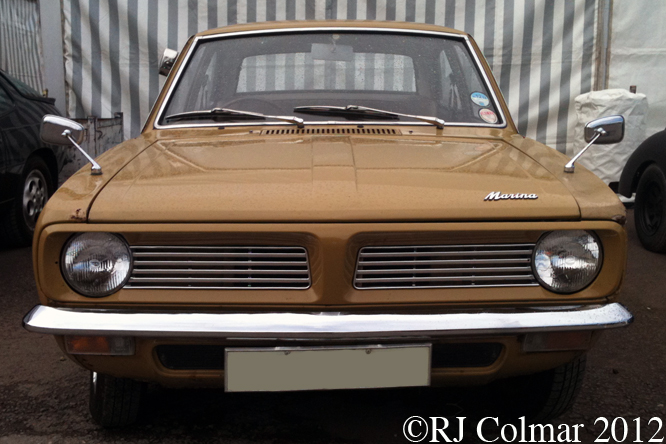
The design of the Marina coded ADO 28 was started by Roy Haynes who’s CV included the design of the popular Mk II Ford Cortina, however a disagreement over a common floor pan to share between models as espoused by Roy led to him quitting and Triumph Designer Harry Webster finishing the job by which time the intended Macpherson strut front suspension had been abandoned in favour of Morris Minor style tortion bars and a new gearbox design was abandoned in favour of an existing item from the Triumph parts bin.
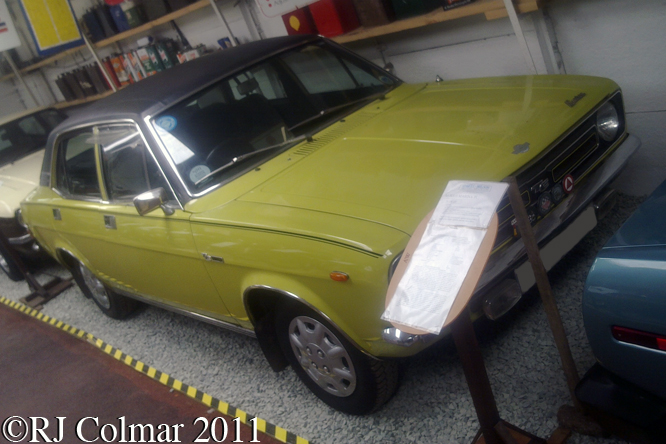
All in all the development costs of the conservative RWD concept Marina ended up exceeding those of the more radical FWD Allegro which was developed to be Austin’s competitor in the small family car market. Production facilities at Cowley had to be upgraded which included some comedy as an overpass was built so that the motors could be sent from a plant on the opposite side of a municipal road to the assembly plant, no sooner had the overpass been completed than the municipality offered to sell the road which British Leyland did not think twice to accept.
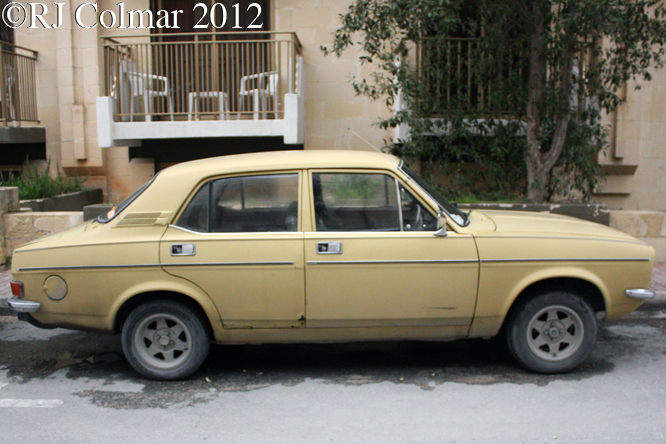
On a positive note the AMC Ambassador inspired vertical hinged door handles were a huge hit with Lotus founder Colin Chapman who specified them for use on the Lotus Elite, Eclat and Esprit models, Marina door handles were also adopted by Scimitar for the GTE shooting break while British Leyland used the same handles on the Triumph TR7/TR8, Austin Allegro and they eventually even found their way, finished in matt black, onto the Land Rover Discovery Series I.
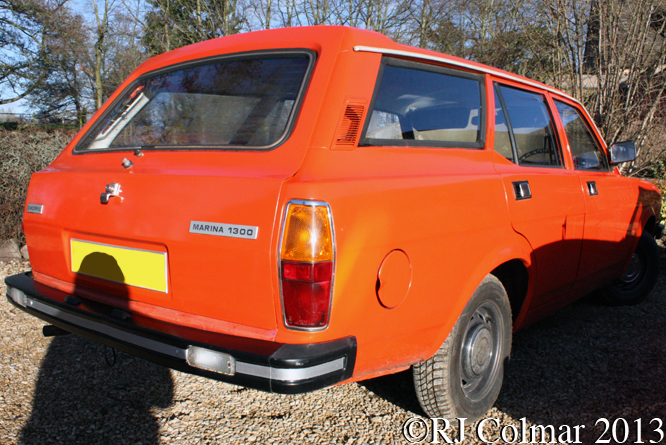
Marina cars were powered by a variety of motors most common of which for the UK market was a 57 hp 4 cylinder A series which did not do much for performance but kept the handling within safer limits than the heavier more powerful motors which promoted lane changing understeer / push which induced the odd brown trousers moment for some Marina pilots.
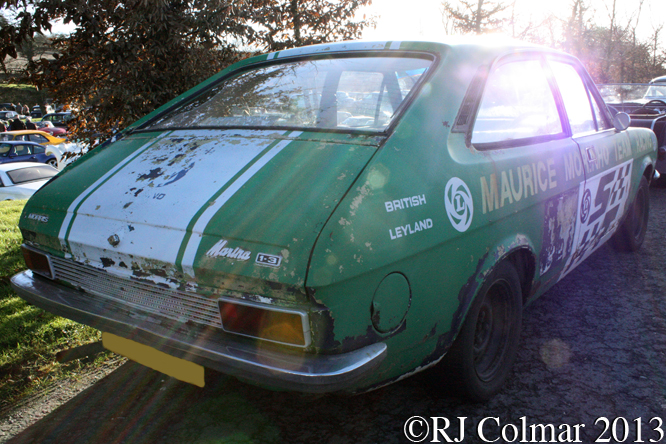
The Marinas seen here are in order top to bottom a ’72 Coupé at the Bristol Classic Car Show, Shepton Mallet, ’74 Twin Carburettor saloon sedan at the Atwell Wilson Museum, a Maltese 1500 saloon / sedan with after market alloy wheels and waist trim in Qwara, a ’79 Estate and ’72 Coupé both at the Cotswolds Classic Car Club meeting held at Frogsmill, Andoversford and below a saloon / sedan with an unusually straight rear bumper seen at last years Classics at the Castle, Sherborne.
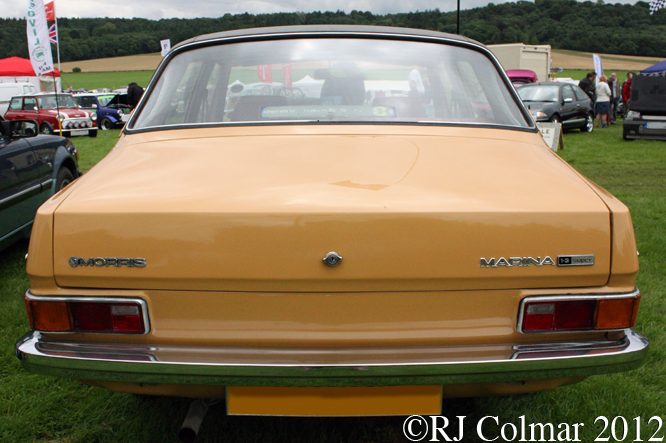
Although much derided for almost every detail apart from the door handles the undemanding early 70’s British public lapped up Marina’s painted in tepid colours like Russet Brown, Harvest Gold, and Limeflower Green for the car to peak at second in the sales charts behind the Ford Cortina in 1973 and remain in the top 3 or 4 until 1980. Eventually over 897,000 Marina’s were sold in the UK of which 745 are thought to remain on British roads.
Thanks for joining me on this “Nice Door Handles” edition of “Gettin’ a li’l psycho on tyres” I hope you will join me again tomorrow. Don’t forget to come back now !


